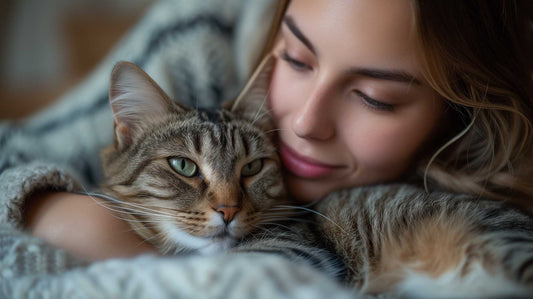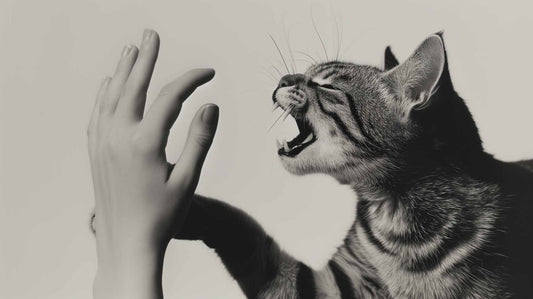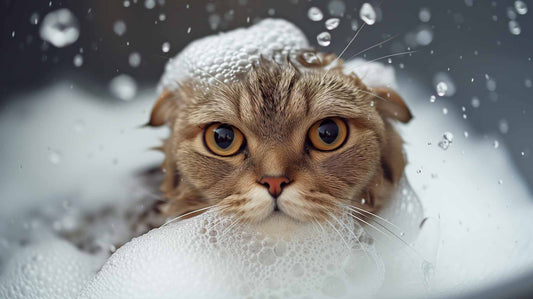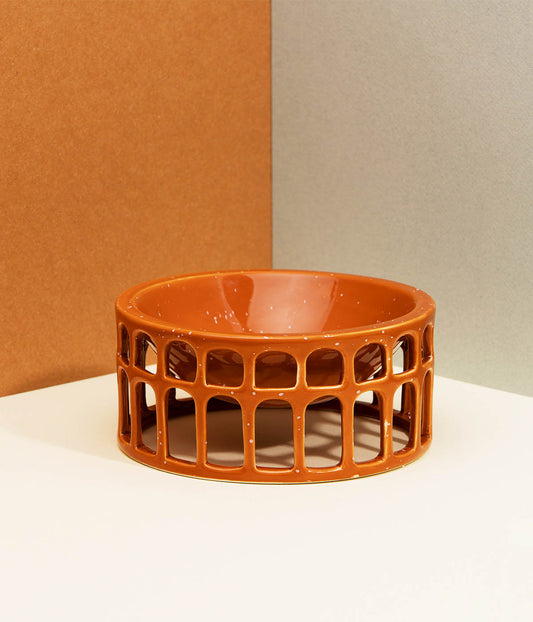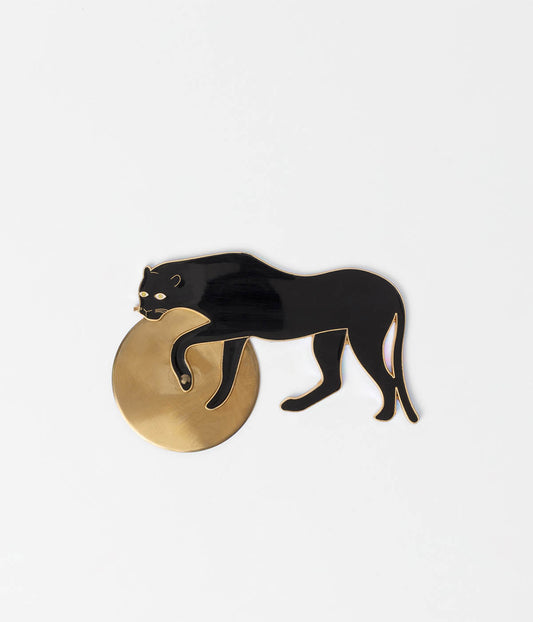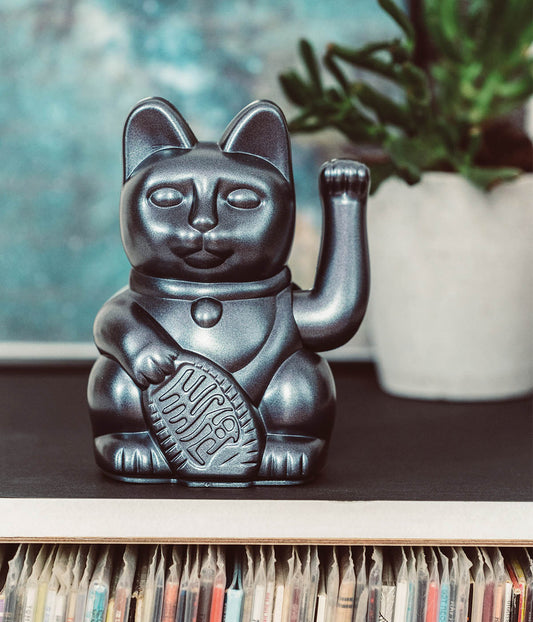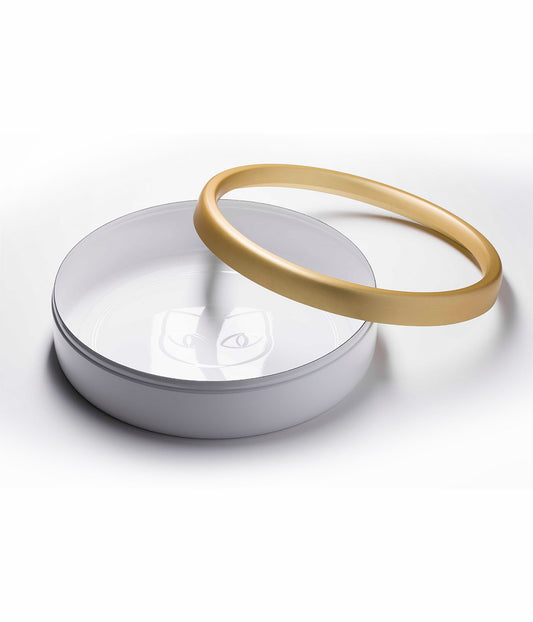
The Most Poisonous Plants for Cats
Marie DuchessCats are curious creatures, and their natural instinct to explore can sometimes lead them into dangerous situations. One common danger that cat owners should be aware of is the presence of poisonous plants in and around their homes. While many plants are harmless to cats, there are several that can cause serious harm or even be fatal if ingested. In this blog post, we will explore some of the most poisonous plants for cats and provide tips on how to keep your feline friend safe.
1. Lilies
Lilies are a popular choice for floral arrangements, but they can be extremely toxic to cats. Ingesting any part of a lily plant, including the leaves, petals, or even the pollen, can cause kidney failure in cats. It is important to keep lilies out of your cat's reach or avoid having them in your home altogether.
2. Sago Palm
The sago palm is a common houseplant that can be found in many homes and gardens. However, all parts of this plant, especially the seeds, are highly toxic to cats. Ingesting the sago palm can lead to liver failure and can be fatal if not treated immediately.
3. Azaleas and Rhododendrons
Azaleas and rhododendrons are beautiful flowering plants that are often found in gardens. However, these plants contain toxins called grayanotoxins, which can cause vomiting, diarrhea, and even cardiovascular problems in cats. It is best to keep these plants out of your cat's reach or opt for cat-friendly alternatives.
4. Tulips
Tulips are a common sight in gardens and flower beds, but they can be toxic to cats if ingested. The toxins in tulips can cause gastrointestinal irritation, drooling, and even central nervous system depression in cats. It is important to be cautious if you have tulips in your home or garden.
5. Aloe Vera
Aloe vera is a popular plant known for its soothing properties, but it can be harmful to cats if ingested. The gel inside the leaves of the aloe vera plant can cause vomiting, diarrhea, and changes in urine color in cats. It is best to keep aloe vera plants out of your cat's reach or choose cat-safe alternatives for your skincare needs.
6. Oleander
Oleander is a beautiful flowering shrub that can be found in many gardens, but it is highly toxic to cats. Ingesting any part of the oleander plant can cause severe gastrointestinal symptoms, heart problems, and even death in cats. It is important to keep your cat away from oleander plants and seek immediate veterinary care if ingestion occurs.
These are just a few examples of the most poisonous plants for cats. It is important to research any new plants before bringing them into your home or garden to ensure they are safe for your feline friend. If you suspect that your cat has ingested a poisonous plant, contact your veterinarian immediately for guidance and treatment.
Remember, prevention is key when it comes to keeping your cat safe from toxic plants. By being aware of the potential dangers and taking steps to eliminate or minimize exposure, you can help ensure that your cat stays happy and healthy.

